Which driver has the most DNFs in Formula 1 history?
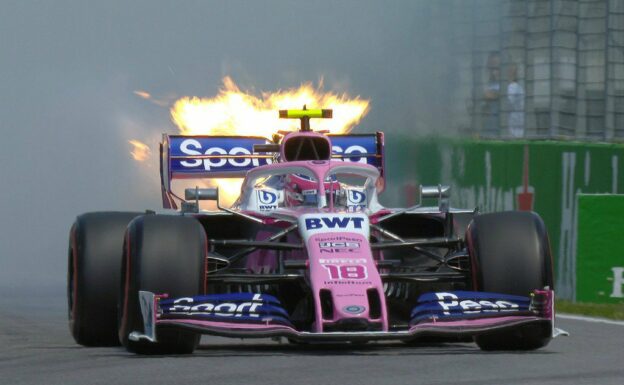
In today's Formula 1, one or two retirements throughout the entire season (around 20 or 21 races, depending on the year) could prove extremely costly for any driver who is fighting for the World Drivers' Championship.
Reliability has improved dramatically in the last few decades of Formula 1 motor racing, as it is certainly rare to see drivers at the top of the rankings failing to finish races due to consistent mechanical failures. Crashes still happen, obviously, as it is only natural when heated battles are present on the track.
In the first few decades of Formula 1 motor racing, from the 1950s and probably through the 1990s, DNFs were quite high due to a lot of factors. Materials have improved, as well as communication between the pit wall and the drivers in order to keep the machines safe during the race.
In this article, however, we will talk about those dreadful DNFs (which stands for Did not finish).
In Formula 1 history, the all-time 'leader' in terms of retirements from races is Italian Riccardo Patrese, who retired from 146 of the 256 races he started throughout his career.
Most of Patrese's retirements from races came due to mechanical failures, while the rest were crashes during the races. The Italian competed in Formula 1 from 1977 to 1993 and entered 257 events, the most ever at the time of his retirement and the ninth-most today.
Patrese won six races in his career and drove for Shadow, Arrows, Brabham, Alfa Romeo, Williams, and Benetton. With Williams, he finished second behind his teammate Nigel Mansell in the 1992 World Drivers' Championship.
Active F1 drivers
Among the drivers of the current Formula 1 field, Fernando Alonso has the most retirements in his career, with 71 in 342 starts. Alonso has the second-most starts in Formula 1 history (behind Kimi Raikkonen's 349).
Behind Alonso, four-time champion Sebastian Vettel is second among current racers with 43 DNFs in his 286-race career (15.03%).
Daniel Ricciardo has the third-most DNFs in the current Formula 1 grid. The Australian failed to finish 35 of his 219 races (15.98%).
Among the top tier of current drivers, Max Verstappen has more DNFs than Sir Lewis Hamilton despite having started only 150 races compared to the seven-time champion's 297 starts.
Verstappen now has 31 DNFs in his career (since 2015), which is 20.67% of the races he's started. Hamilton, on his side, has had 27 DNFs (9.09%) in his F1 journey (since 2007).
First-lap and consecutive DNFs
DNFs in the first lap could be common, as drivers are fighting for position with all cars being close. It could be even easier to retire from a race (due to a crash) in the first lap than at any other moment of a Grand Prix.
In that department, Italian race-winner Jarno Trulli holds the record, with 14 first-lap-retirements in his career (252 starts). Out of those 14 first-lap DNFs, 12 were due to crashes, and a couple came due to problems with the car.
In that same department, Rubens Barrichello is second with 13 and Andrea De Cesaris third with 12 first-lap retirements.
De Cesaris, on his side, holds the record for the most consecutive DNFs in Formula 1 history, with 22. He retired consecutively from the 1986 Australian GP to the 1988 Canadian GP.
In the middle of that streak, De Cesaris was third in the 1987 Belgian Grand Prix but did not complete the race as his car ran out of fuel a lap before the end. He still kept his third place ahead of Eddie Cheever and behind a McLaren 1-2 with Alain Prost and Stefan Johansson.
✅ Check out more posts with related topics:


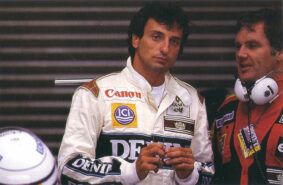
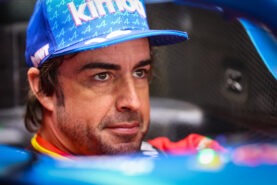
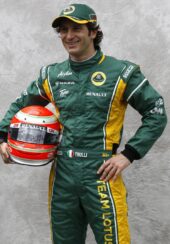
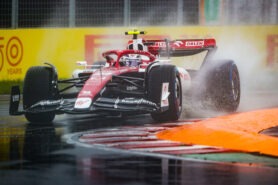
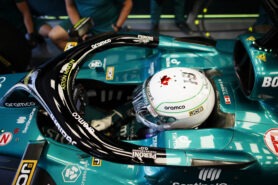









LAST 3 F1 Fan COMMENTS